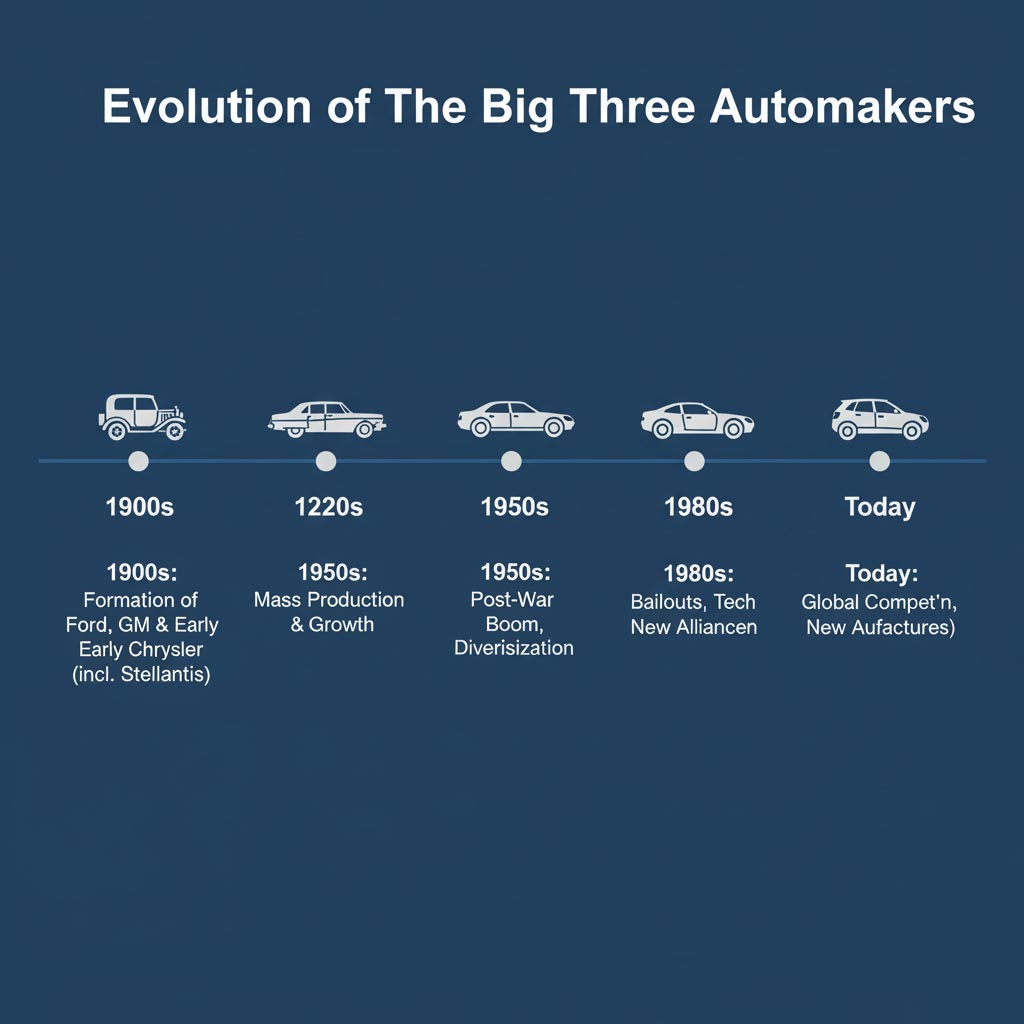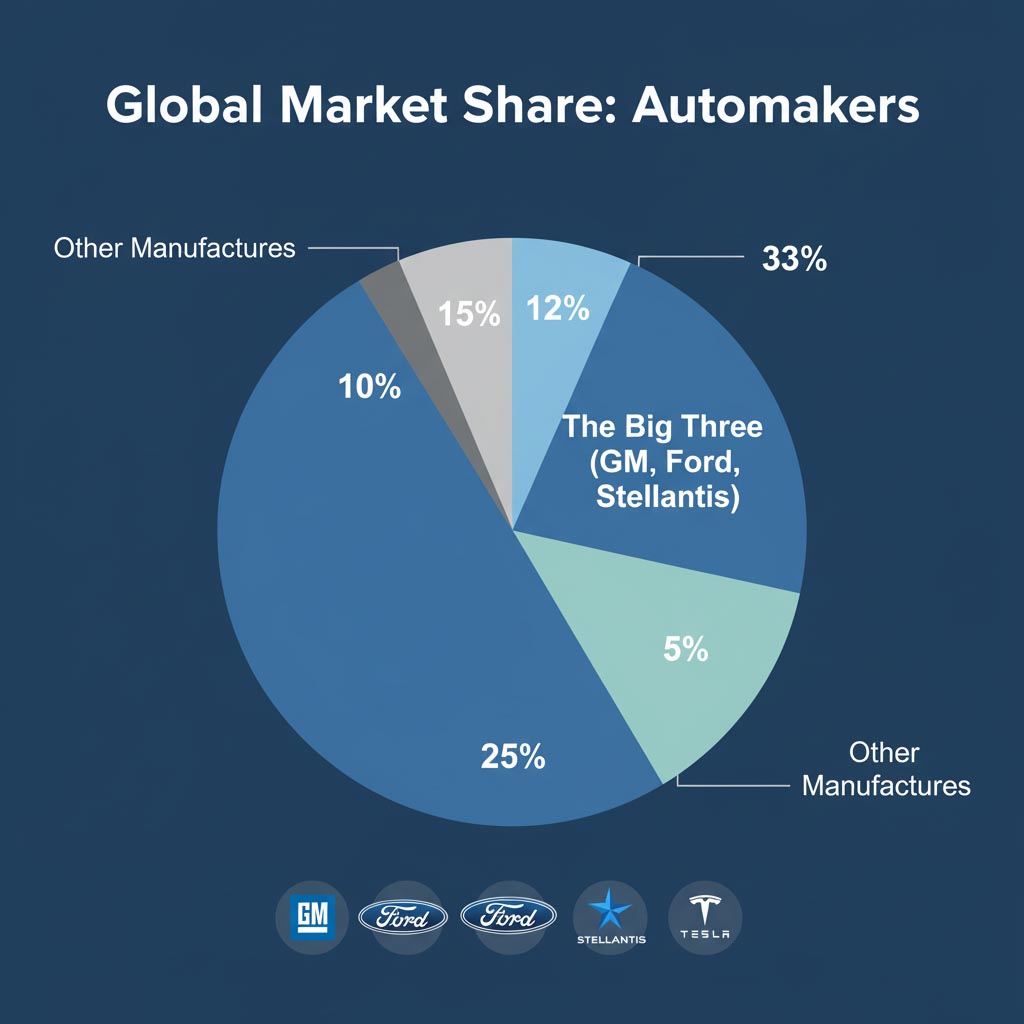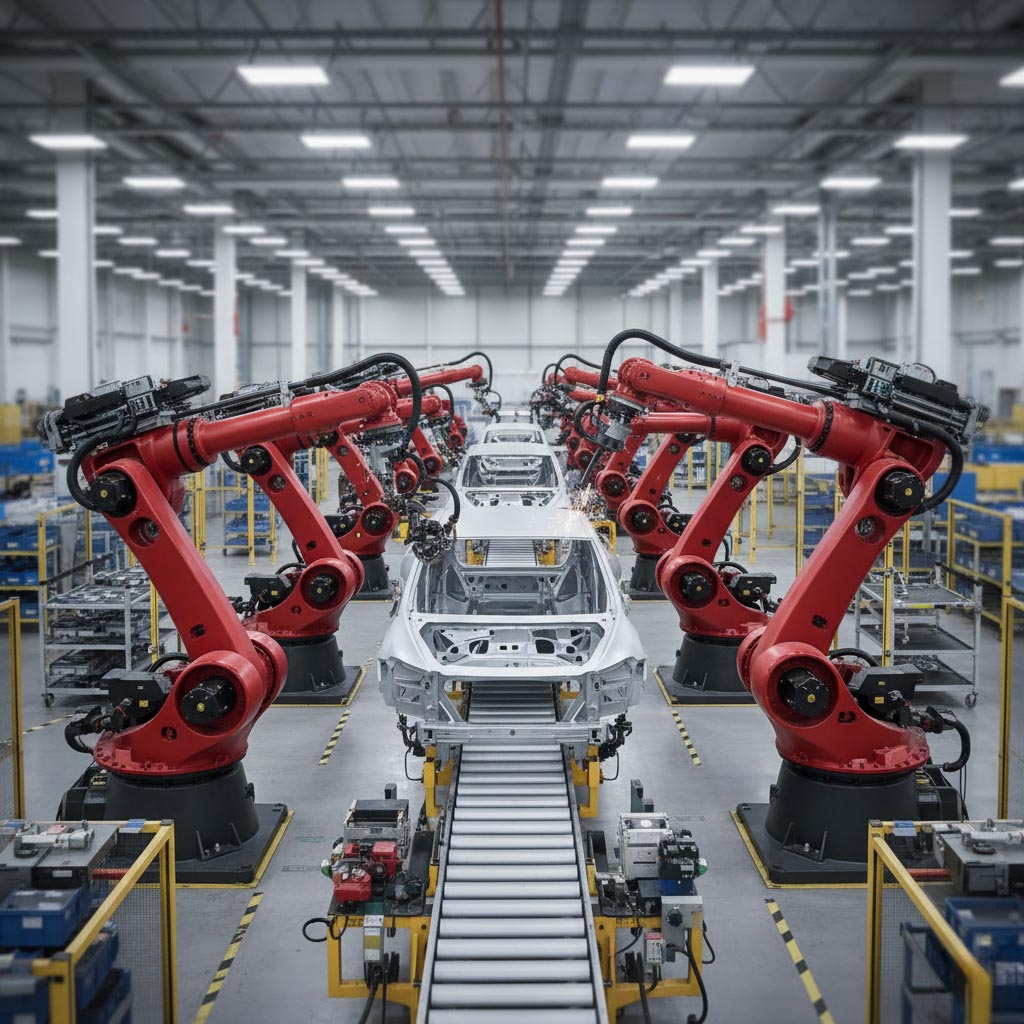Who Are the Big Three in the Auto Industry Today?
For decades, the phrase “The Big Three” has referred to the three largest U.S.-based automakers headquartered in and around Detroit: General Motors (GM), Ford Motor Company, and Chrysler—today part of Stellantis. The label reflects their historic role in building the modern auto industry, pioneering mass production, and shaping global supply chains.
While the Detroit trio still anchor North American manufacturing and innovation, the global competitive field has broadened. Brands from Japan, Europe, and Korea—along with rising EV-focused players—now influence technology roadmaps and purchasing decisions. In this article, we review who the Big Three are, how they evolved, and what the picture looks like in today’s worldwide market.
Detroit’s Big Three: A Quick Primer
- GM — Diversified portfolio across cars, SUVs, and trucks; large investments in EVs and software-defined vehicles.
- Ford — Icon of assembly-line efficiency and a leader in pickups and commercial vehicles.
- Stellantis (Chrysler) — Global group formed via mergers, stewarding American nameplates alongside European brands.

What “Big Three” Means Today
In the U.S., the term still points to GM, Ford, and Stellantis. Globally, however, leadership shifts as production footprints, EV adoption, and new model cycles roll out. Toyota, Volkswagen, Hyundai Motor Group, and others frequently rank among the world’s top manufacturers. The modern market is better described as a Big Many, where software platforms and regional strengths matter as much as scale.

How They Compete in 2025
- Electrification & Software: Heavy investment in EV platforms, battery supply, and over-the-air software.
- Trucks & SUVs: Full-size pickups and SUVs remain profit pillars, funding innovation in ADAS and connectivity.
- Manufacturing Footprint: NA plants are being retooled for flexible ICE/Hybrid/EV production with higher levels of automation.

Key Takeaways
- In the U.S., the Big Three are GM, Ford, and Stellantis.
- Globally, leadership is shared among several groups as EVs and software redefine competition.
- For suppliers, quality, agility, and engineering collaboration determine long-term success.
